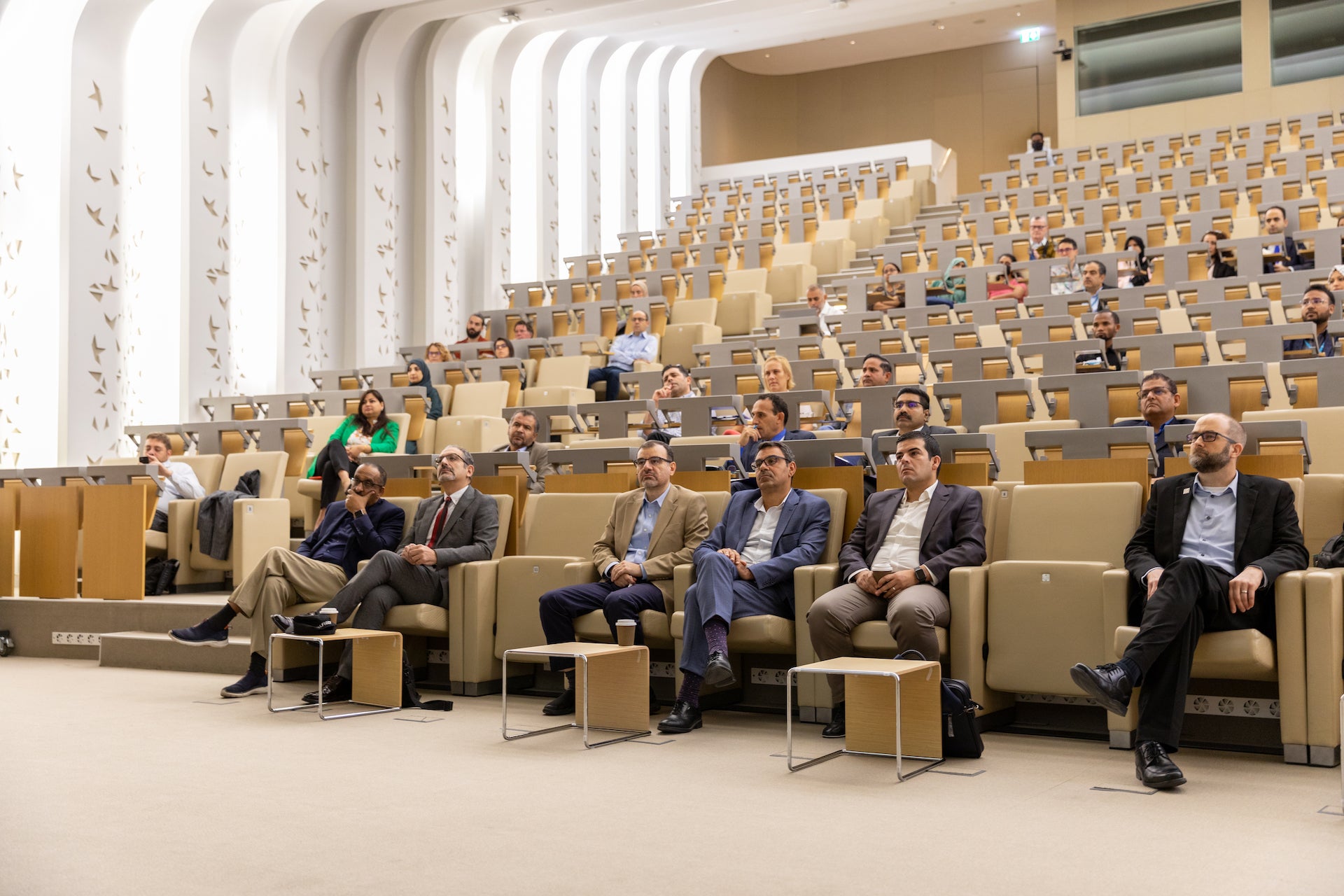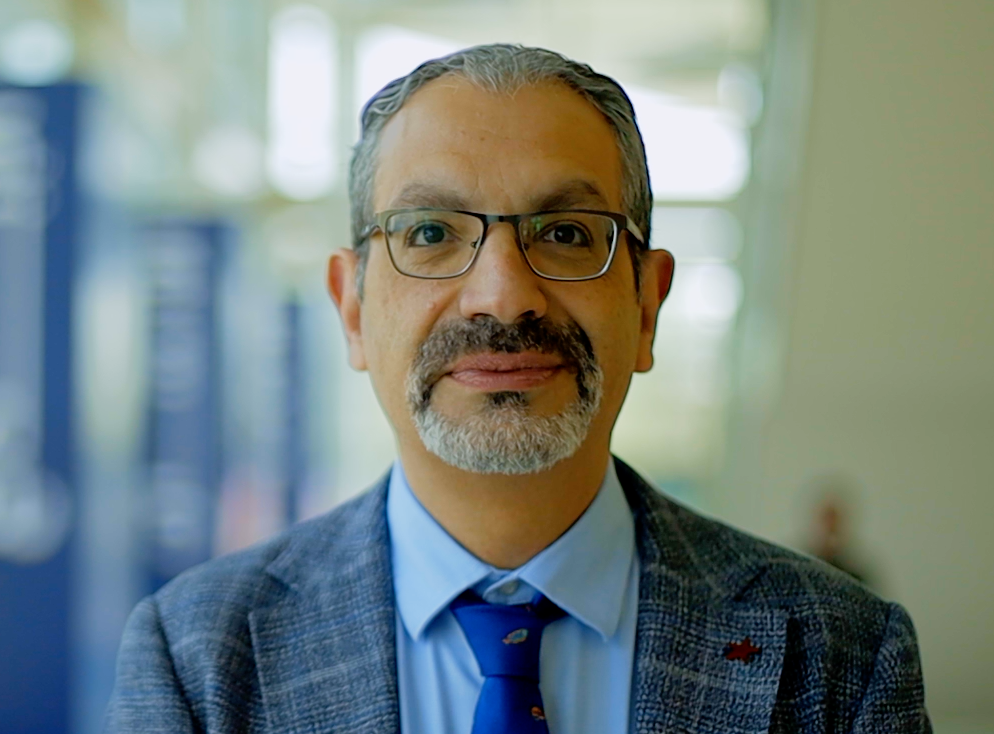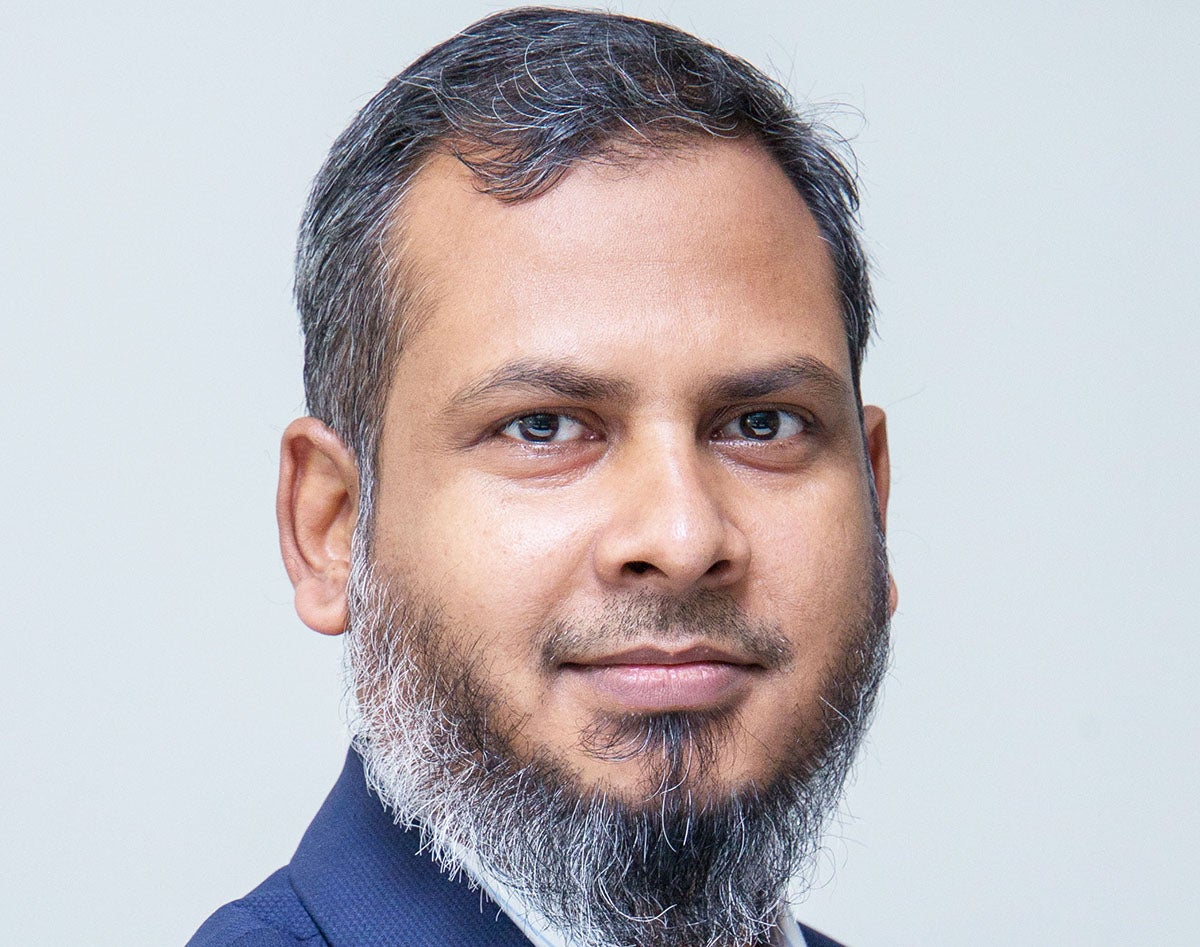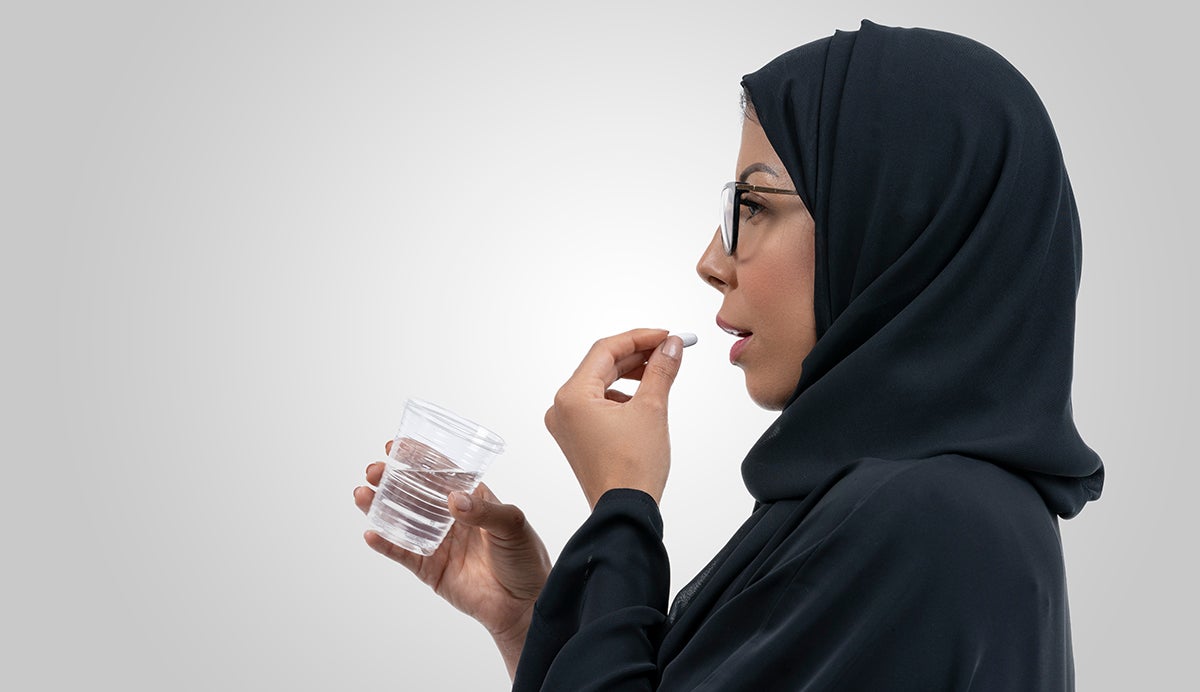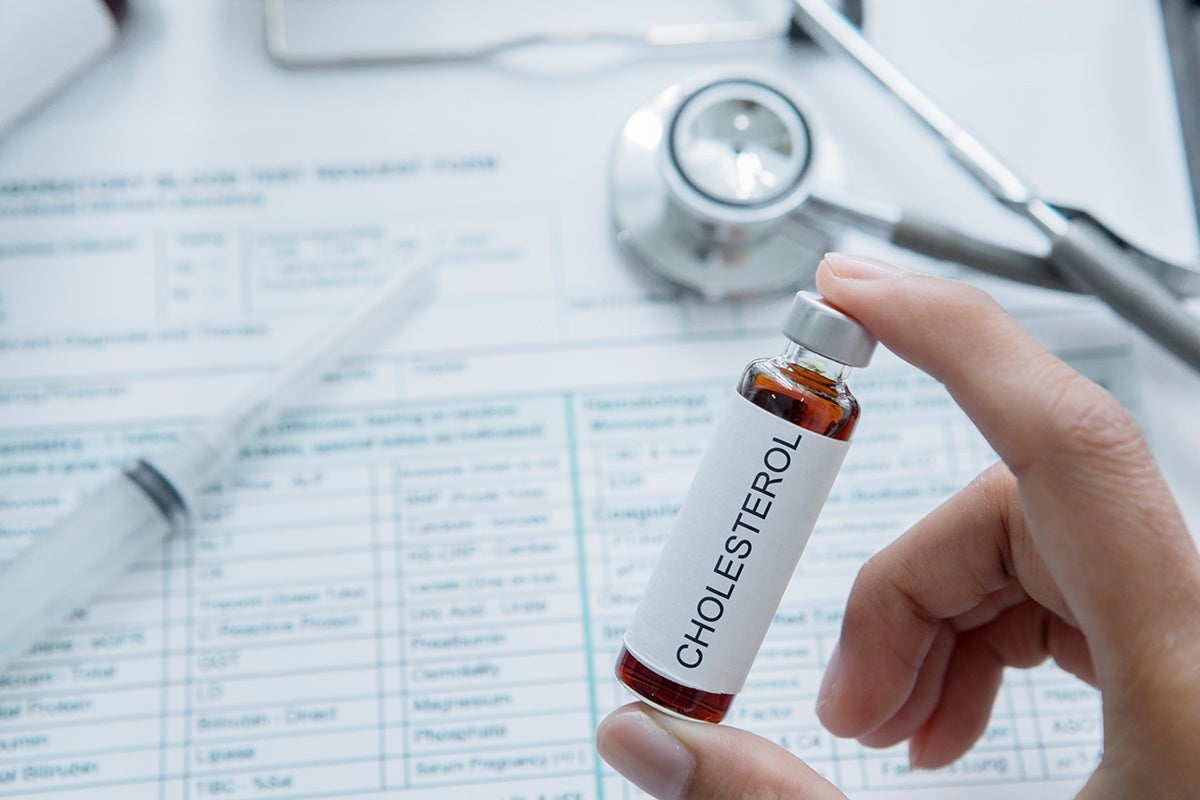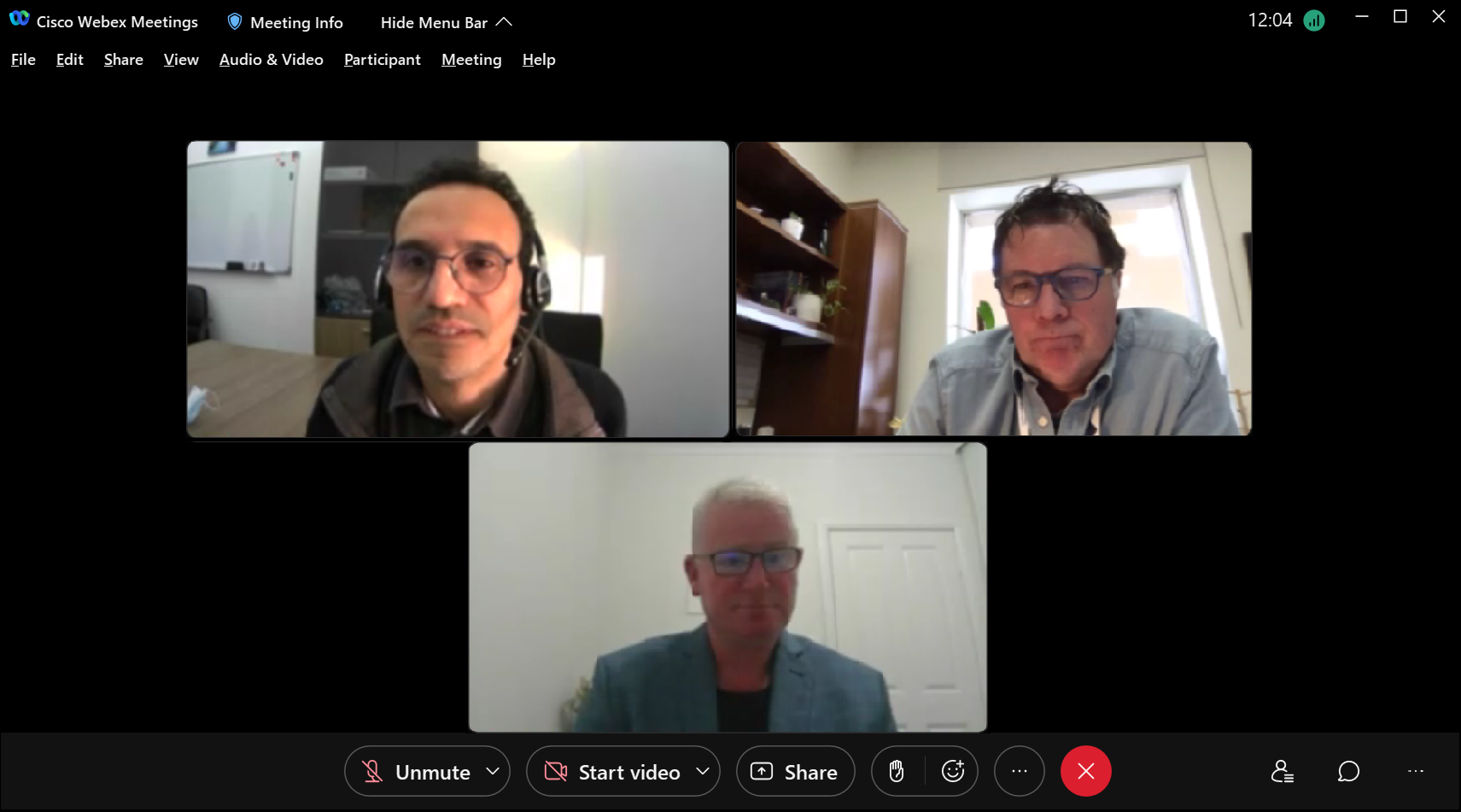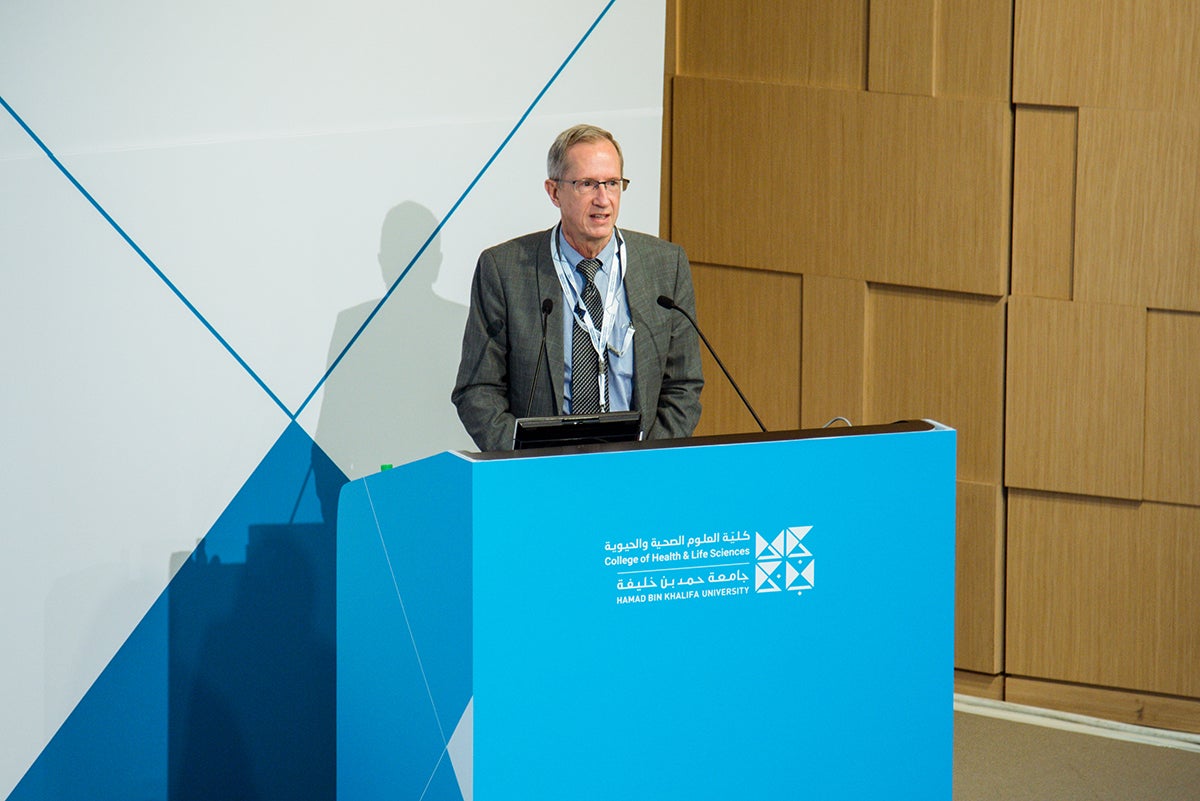By Dr. Nathan Townsend

What impact has the rescheduling of the Tokyo Summer Olympics to July 2021 had on athletes’ training schedules? As lockdown gradually eases, how will their training, conditioning and preparation evolve to reflect the longer run in to the world’s biggest sporting event?
COVID-19 has wrought havoc on the global sporting calendar, with a number of events either postponed or cancelled altogether. The most high-profile victim of the disruption has been this summer’s Olympic Games in Tokyo, which are now scheduled to take place in July 2021. In a bid to reduce transmission, stadia have also been closed to spectators while national and international organizations have restricted individual and team training sessions. Government lockdowns, social distancing and other measures still prevent many athletes from accessing gyms and other facilities.
The closure of sporting locations in turn reflects a growing body of evidence that COVID-19 is transmissible in aerosol particles of less than 5μm in diameter. These particles can remain in the air for extended periods of time and be transmitted over distances greater than 1 meter. Consequently, hundreds of thousands of amateur and professional athletes around the world have been denied access to their regular training environment and regimen. The situation is particularly challenging for those based in hot countries where outdoor conditions are not conducive to high-intensity exercise during the summer months.
The long-term reduction or cessation of an athlete’s daily training regime and associated activities may result in a significant decay of the quantity and worsening of the quality of training stimuli, thereby exposing them to the effects of detraining. Additionally, many athletes train according to the principle of periodization, typically a yearly cycle involving distinct phases such as off-season, base-conditioning, pre-competition and competition. It is normal for athletes to introduce periods of lowered training load following important competitions like the Olympics. To say that COVID-19 has disrupted the rhythm of these training cycles is an understatement.
Olympic athletes typically employ a one or two peak yearly cycle which coincides with national and international competitions. Over an Olympic four-year cycle there may be a gradual and progressive build-up of training load, which peaks during competition year. The rescheduling of the Tokyo Olympics therefore presents athletes with the need to continue their intended plan but with the insertion of an additional year to create a five-year cycle. A further complication is that the current lack of competition affecting some sports effectively facilitates a re-focus of yearly training plans to such an extent that lockdown acts like an off-season.
To overcome this, athletes in endurance and strength sports should consider the use of “block periodization.” Conceptualized in the 1970s, the approach has become increasingly popular in recent years following an encouraging set of results from scientific studies. Block periodization is based around concentrated training which targets and develops different abilities, such as aerobic power, anaerobic capacity, maximal strength and explosive power. Training typically occurs in sequences lasting between one to four weeks.
Block periodization was developed to overcome the perceived limitations of traditional training methods, such as excessive fatigue, insufficient stimulation and diminished ability to deliver multi-peak performances over a yearly training cycle. This makes it an ideal method for athletes focused on regaining fitness levels prior to the commencement of social distancing measures. That’s because the time required to recover pre-detraining neuromuscular and cardiorespiratory levels may vary among athletes. Key determinants include the length of training cessation or reduction, phase of the yearly cycle and sport-specific requirements.
The good news for athletes expecting to compete at the summer Olympics is that long lasting decreases in performance are not expected as a result of COVID-19 restrictions. Accordingly, with a further nine months to go before Tokyo 2021, there is sufficient time to regain lost training status which might have occurred during lockdown. At the time of writing, an effective vaccine for the coronavirus remains unavailable, with recent studies also suggesting that acquired immunity levels decrease over a period of several months. With this in mind, any return to full training load and group activities during the pandemic must be conducted according to established guidelines.
Nathan Townsend is Assistant Professor of Exercise Science at College of Health and Life Sciences at Hamad Bin Khalifa University.




